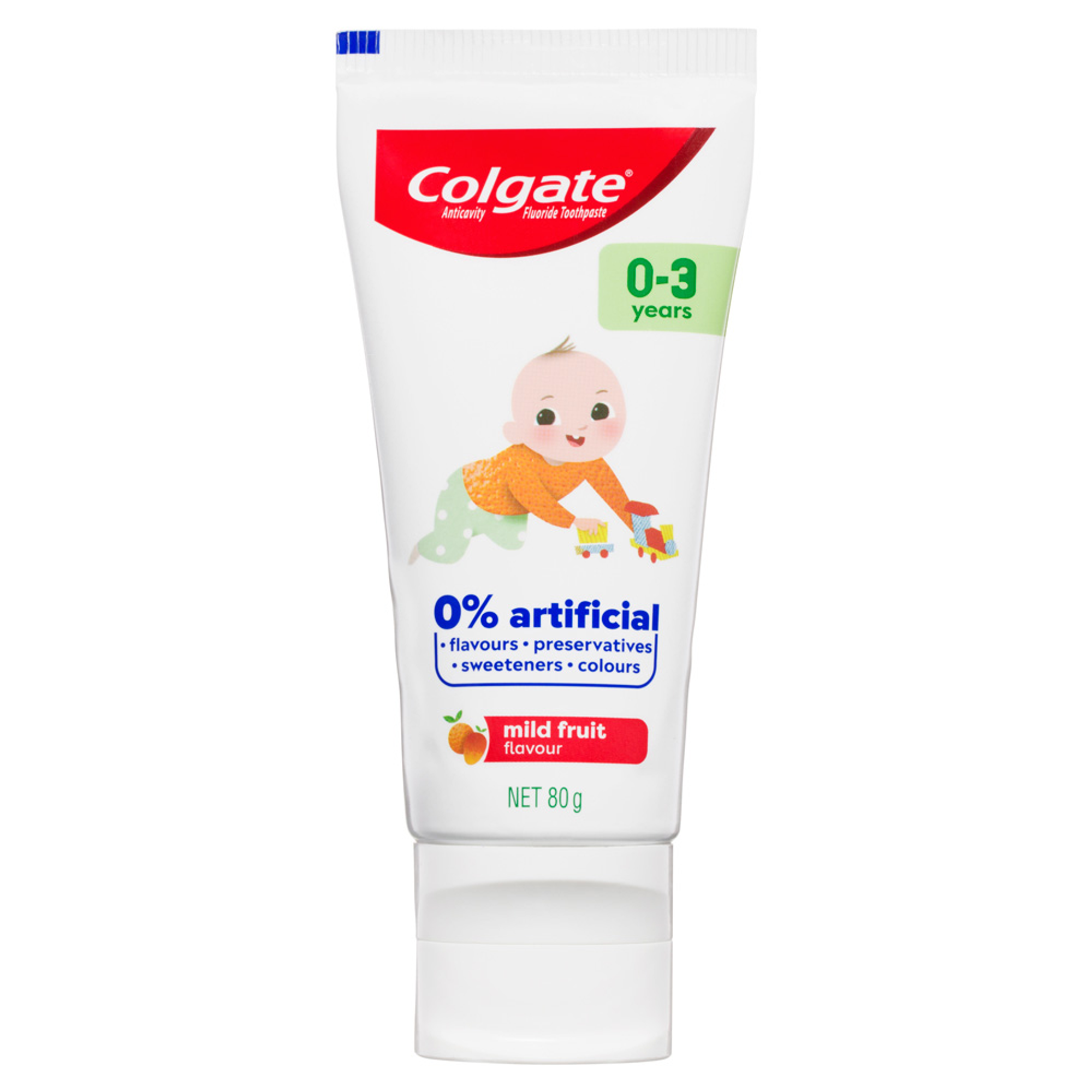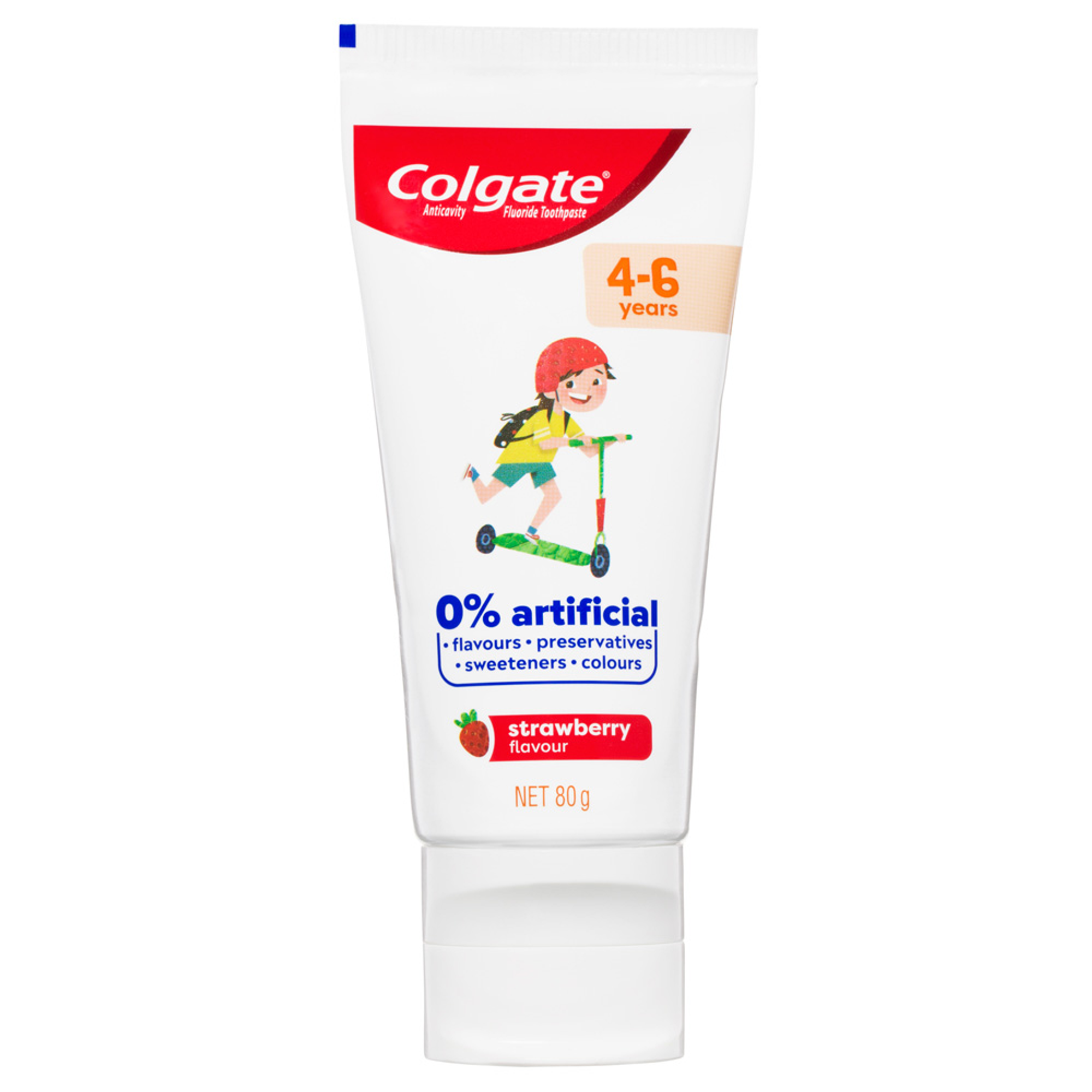What Is Baby Tongue Thrust?
Your baby is born with a tongue thrust reflex to prevent them from choking. Also known as extrusion reflex, the reflex is stimulated when something touches baby’s lips. They respond by using the tongue to push it away or, in the case of feeding, to latch on to the nipple or bottle.
How Long Does Baby Tongue Thrust Last?
The Australian Breastfeeding Association (ABA) says that most babies will grow out of tongue thrusting by around six months old. Around this age, the ABA says that you may notice baby showing an interest in your food, or reaching out to grab food and put it in their mouth.
This is a sign that your baby may be ready to start trying solid foods. You can test this by touching a spoon to the tip of their tongue. If the tongue doesn’t pop out to push the spoon away, then your baby’s tongue thrust reflex is subsiding and you can start to introduce solid food.
What If Tongue Thrust Doesn’t Go Away?
All babies hit developmental milestones at different times, so if your baby’s tongue thrust reflex takes longer to subside, it’s usually nothing to worry about. However, if the reflex persists into childhood, it can potentially cause problems with speech and dental development.
The Effects of Tongue Thrust In Children
In a normal swallowing pattern, Dental Health Service Victoria (DHSV) explains that the tongue is pushed up against the roof of the mouth. However, a child still displaying the tongue thrust reflex will push the tongue against the back of the front teeth instead, exerting enormous, sustained pressure. This can push the front teeth forward, creating an open bite and even altering the shape of your child’s face.
DHSV also warns that tongue thrust can interfere with a child’s ability to form certain words, particularly those with ‘s’ and ‘z’ sounds. This can lead to a lisp, which may need to be treated by a speech pathologist.
Signs Your Child Still Has Tongue Thrust
It’s not always obvious that your child has tongue thrust. DHSV advises looking out for:
- An open bite.
- A lisp or difficulty saying ‘s’ and ‘z’ sounds.
- Grimacing or pursing the lips when swallowing.
- An open mouth and/or visible tongue when resting.
- Breathing with an open mouth.
When To Take Action
According to DHSV, most children will have outgrown the tongue thrust reflex by the age of six, with only three percent still displaying the behaviour at 12.
However, it’s perfectly natural to feel protective of your little one, and it’s always best to err on the safe side.
If you’re worried that your baby’s tongue-poking is a sign of something more serious, or you’re concerned about the effects of tongue thrust on your child’s dental health or speech, your doctor or dentist can offer you advice and reassurance.
This article is intended to promote understanding of and knowledge about general oral health topics. It is not intended to be a substitute for professional advice, diagnosis or treatment. Always seek the advice of your dentist or other qualified healthcare provider with any questions you may have regarding a medical condition or treatment.














